To understand and use a word effectively, it takes a lot more than being able to remember what it means. Context is key. It provides the critical clues that help us grasp meaning, retain knowledge, and use words in real-life situations. But context isn’t just one thing – context comes in many forms. For example, sentences, illustrations, thematic clusters, and word pairs all help to provide context and can empower us to learn words much more effectively.
Table of contents:
- Example Sentences: The Natural Habitat of Words
- Illustrations: Bringing Words to Life
- Thematic Clusters: Classifying Knowledge for Better Retention
- Word Pairs: Building Fluency Through Familiarity
- Conclusion
Example Sentences: The Natural Habitat of Words
When we encounter a new word in daily life, it’s almost always within the framework of a sentence—whether spoken or written. Sentences provide the natural environment for words, offering the cues needed to understand their meaning. For children (or anyone learning a new language), seeing or hearing a word used in a clear, natural sentence is key to truly understanding its meaning. For instance, take the word “courageous”. If we present it as part of a sentence such as “The courageous firefighter rushed into the burning building to rescue the family and their beloved dog”, we’re not only providing enough clues for the meaning of the word, but also demonstrating how it’s used in context. This is why tools like vocabulary books (of which we have many!) often include example sentences. They help bridge the gap between knowing a word and using it effectively.
Illustrations: Bringing Words to Life
Visual aids are another powerful way to provide context when learning new words. Research shows that pairing images with instructional material enhances learning by anchoring new information to a specific visual memory [1].Let’s take the word “courageous” again. An illustration of a character bravely jumping into water to save someone reinforces the concept far more effectively than text alone. By associating the word with a vivid image, learners are more likely to remember both its meaning and its application. This method taps into how our brains naturally process and store information—through connections between visuals and language.
Thematic Clusters: Classifying Knowledge for Better Retention
Grouping related words together is another effective strategy for building vocabulary. When words are presented in thematic clusters—such as planet, space, galaxy and universe —learners can more easily understand their shared meaning or context. This approach leverages the brain’s natural ability to put information into categories, making it easier to recall. For example, introducing rocket, comet and star as part of a space-themed cluster helps learners associate these terms with one another. Not only does this improve retention, but it also helps structure our knowledge in a way that is more accessible and intuitive.

Word Pairs: Building Fluency Through Familiarity
Another often-overlooked aspect of vocabulary learning is understanding common word pairs—that is, words that frequently appear together, such as strong coffee or runny nose. Research indicates that when we encounter certain word combinations repeatedly, our brains begin processing them as single units rather than separate entities. This speeds up comprehension and usage [2].For children expanding their vocabulary, paying close attention to common pairings can significantly enhance fluency. By learning not just individual words but also how they fit into phrases or common word pairs, learners can use their growing vocabulary more naturally and effectively. At Mrs Wordsmith, our team of data scientists experts has developed an extensive database (lovingly labelled ‘Word Engine’) that tracks how often words appear together across various sources like Wikipedia, newspapers, fiction books and transcribed conversations. This data helps us identify the most useful word pairs to include in our products, ensuring learners get practical tools for real-world communication.
Conclusion
Context isn’t just helpful—it’s essential for meaningful language learning. Whether through example sentences, engaging illustrations, thematic clusters, or common word pairs, providing context allows learners to truly understand and retain new vocabulary. By helping them make connections between words and their usage, Mrs Wordsmith empowers children—and learners of all ages—to become confident communicators. And that’s what it’s all about!





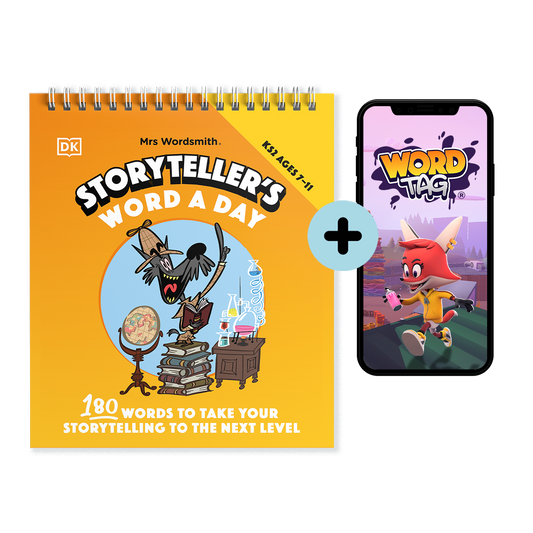

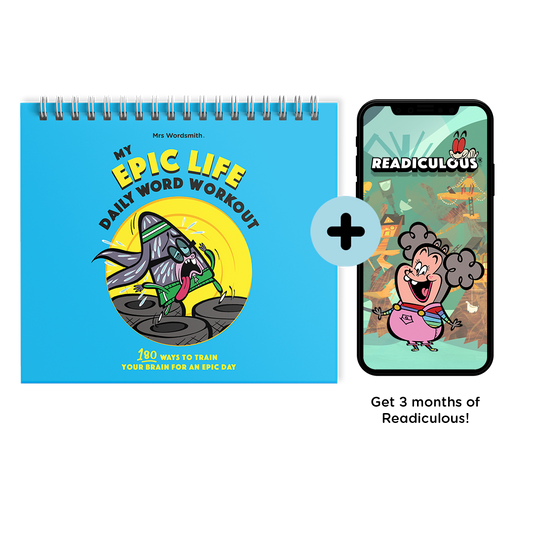


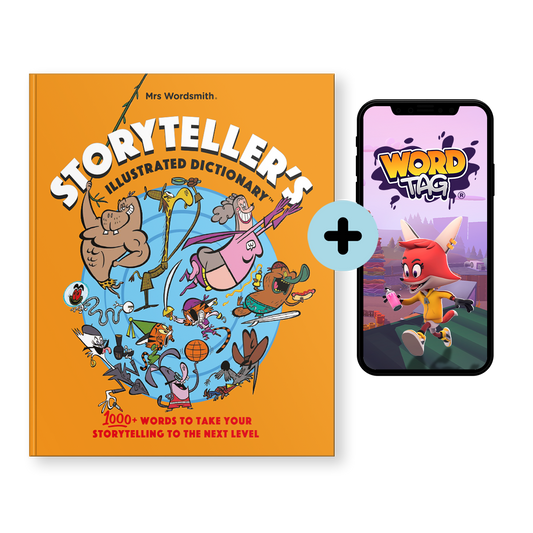





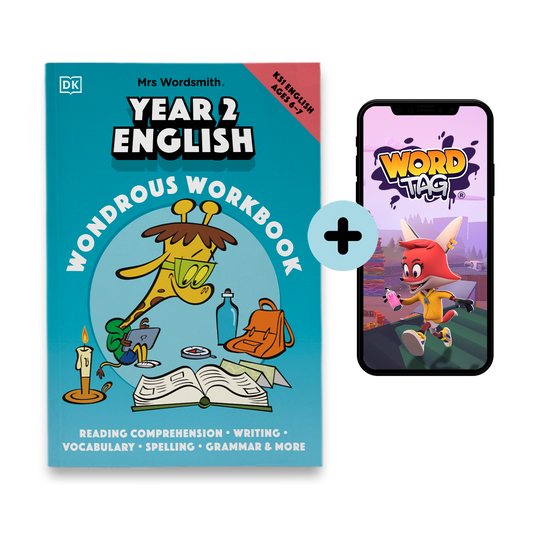


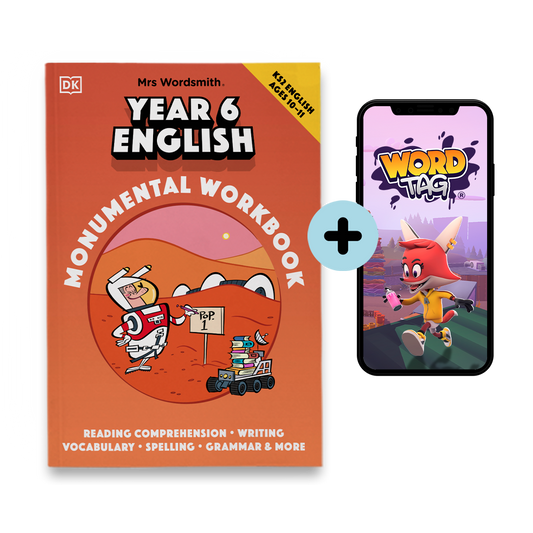




 https://mrswordsmith.com
https://mrswordsmith.com
Comment
Leave a comment